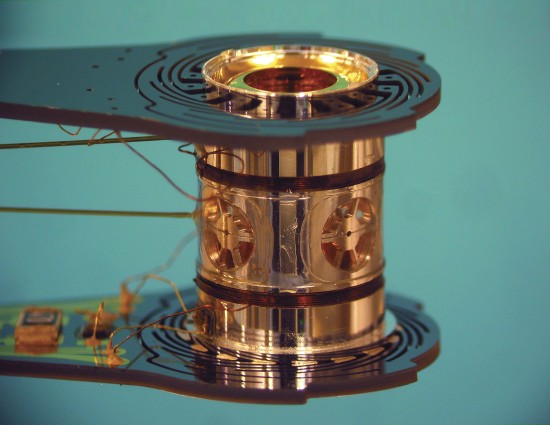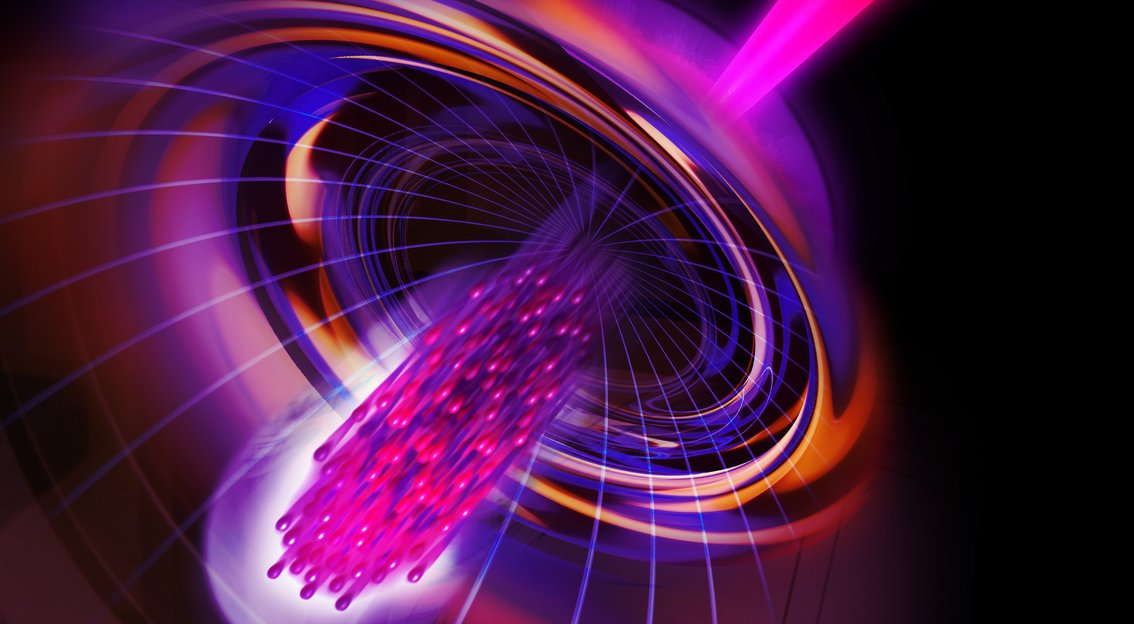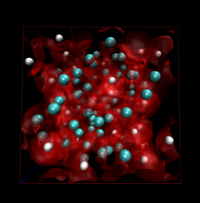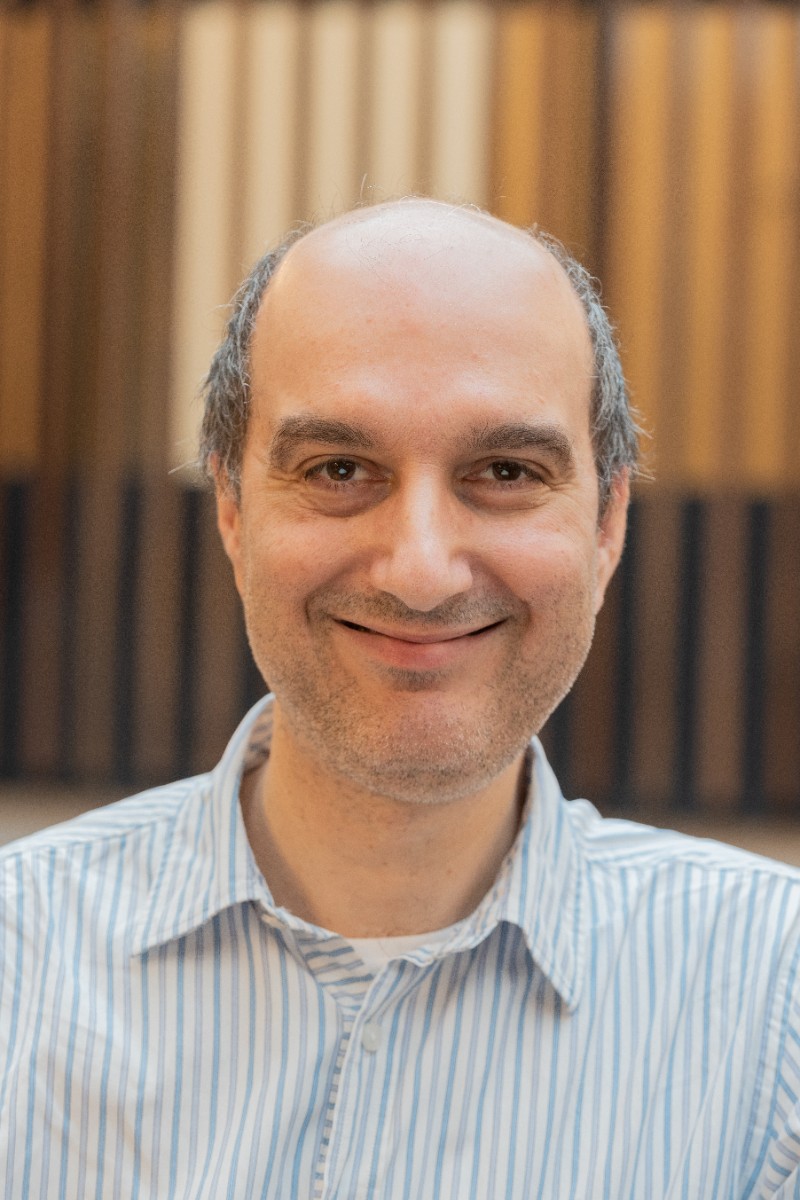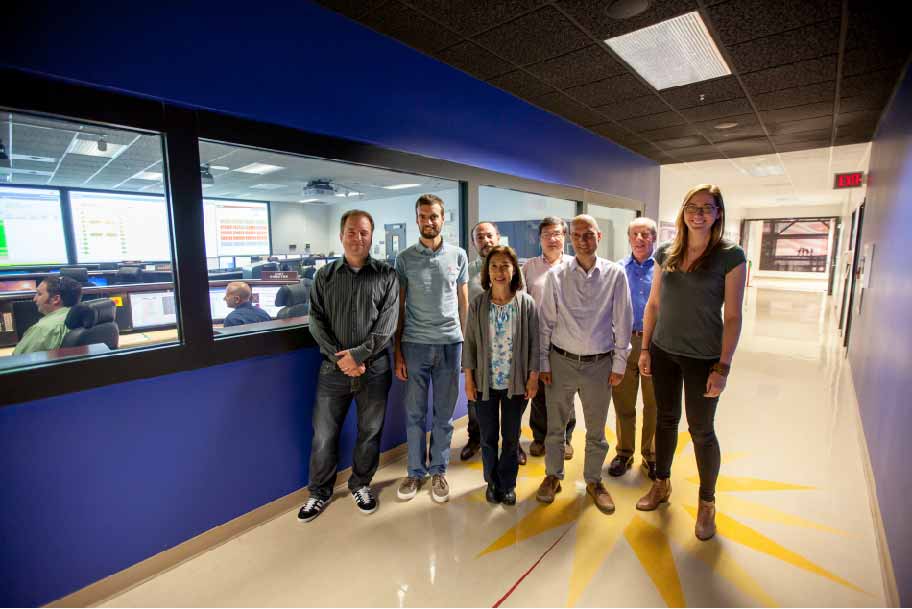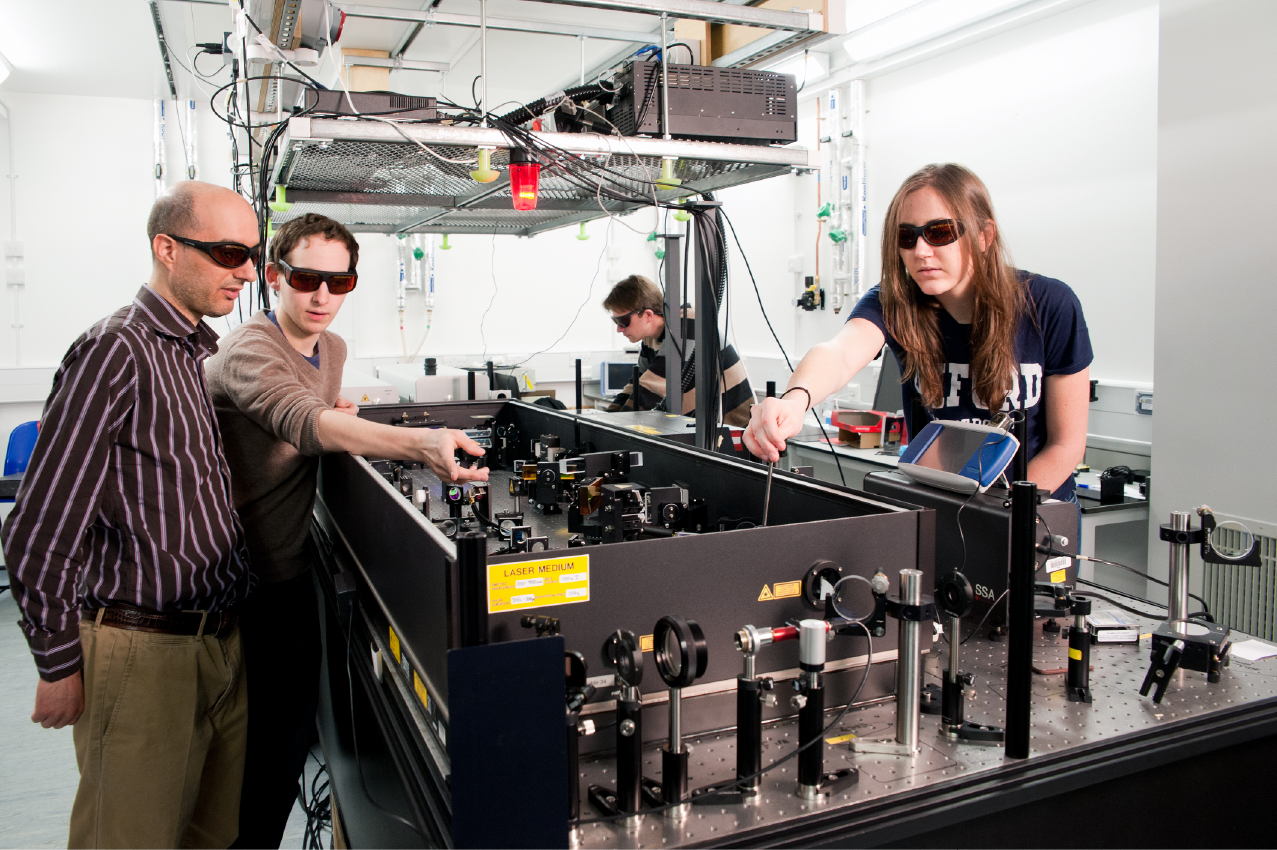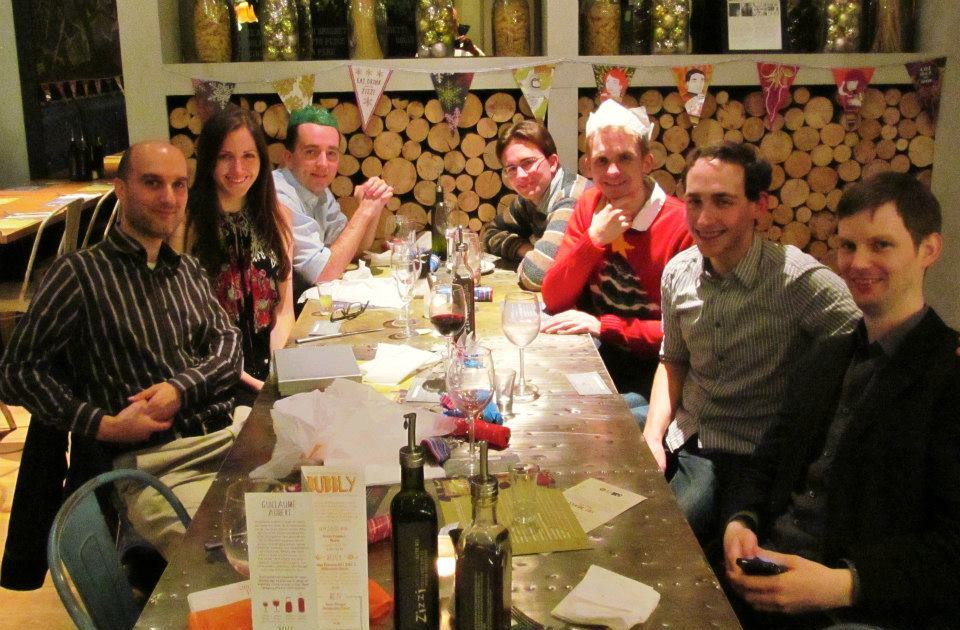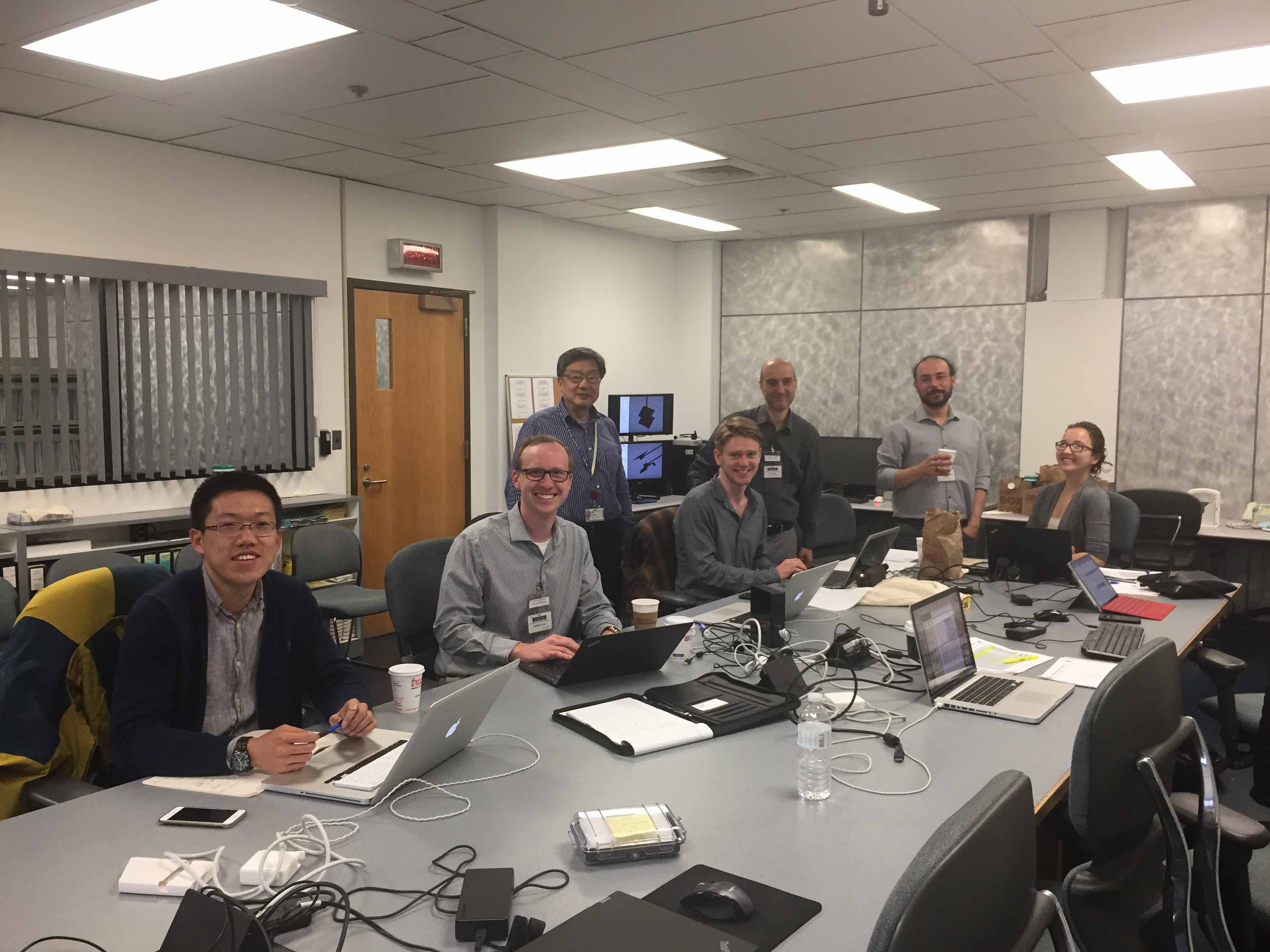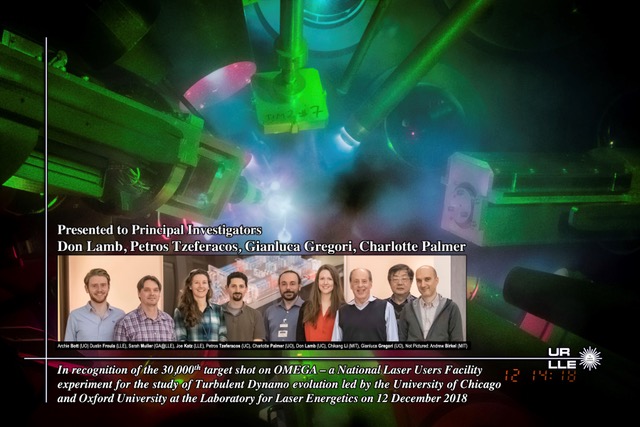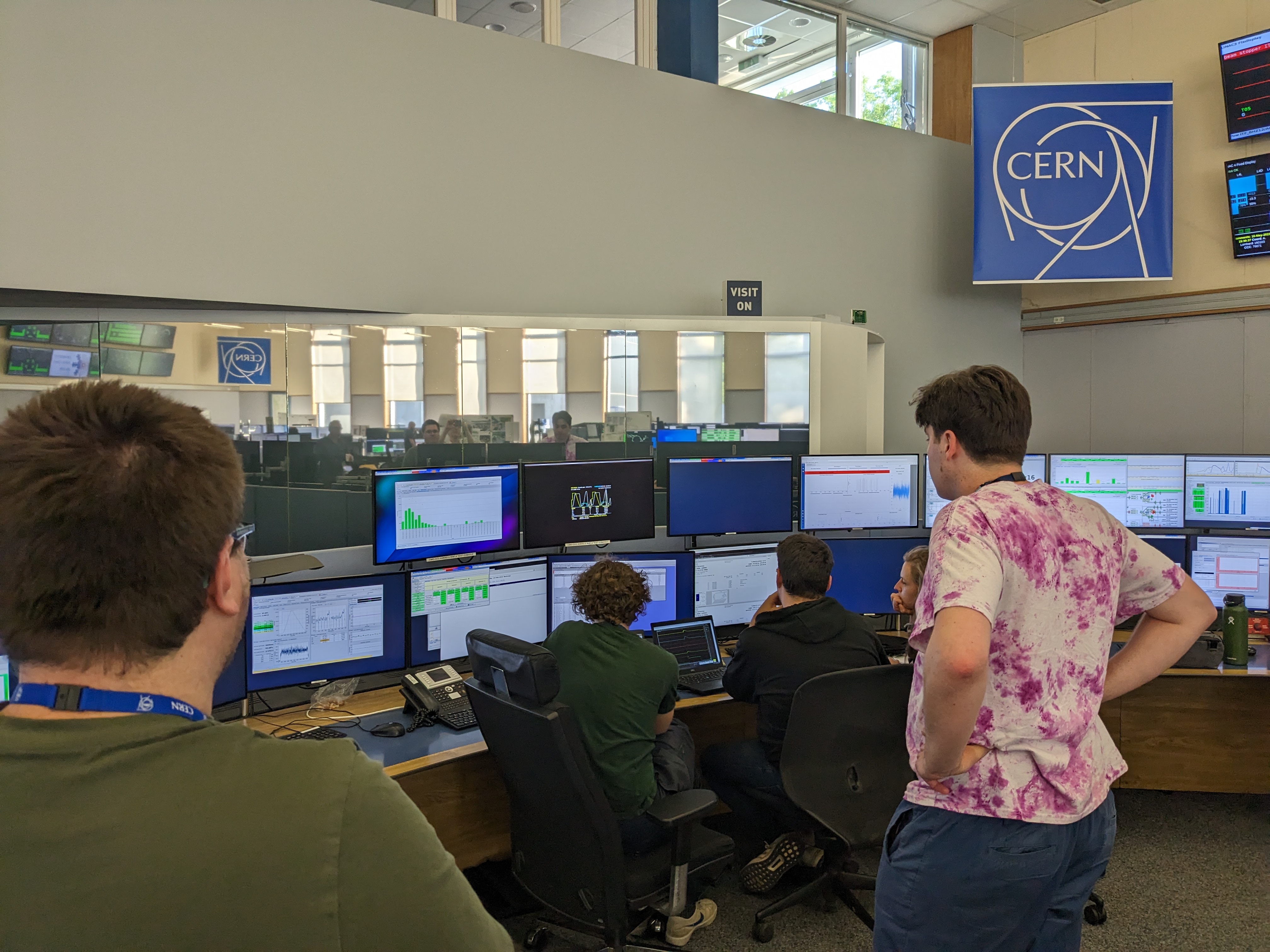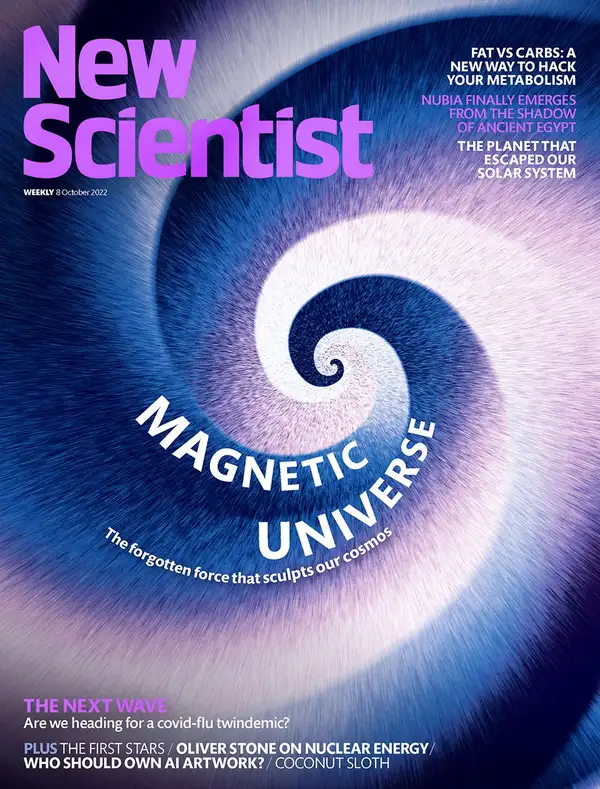what we do
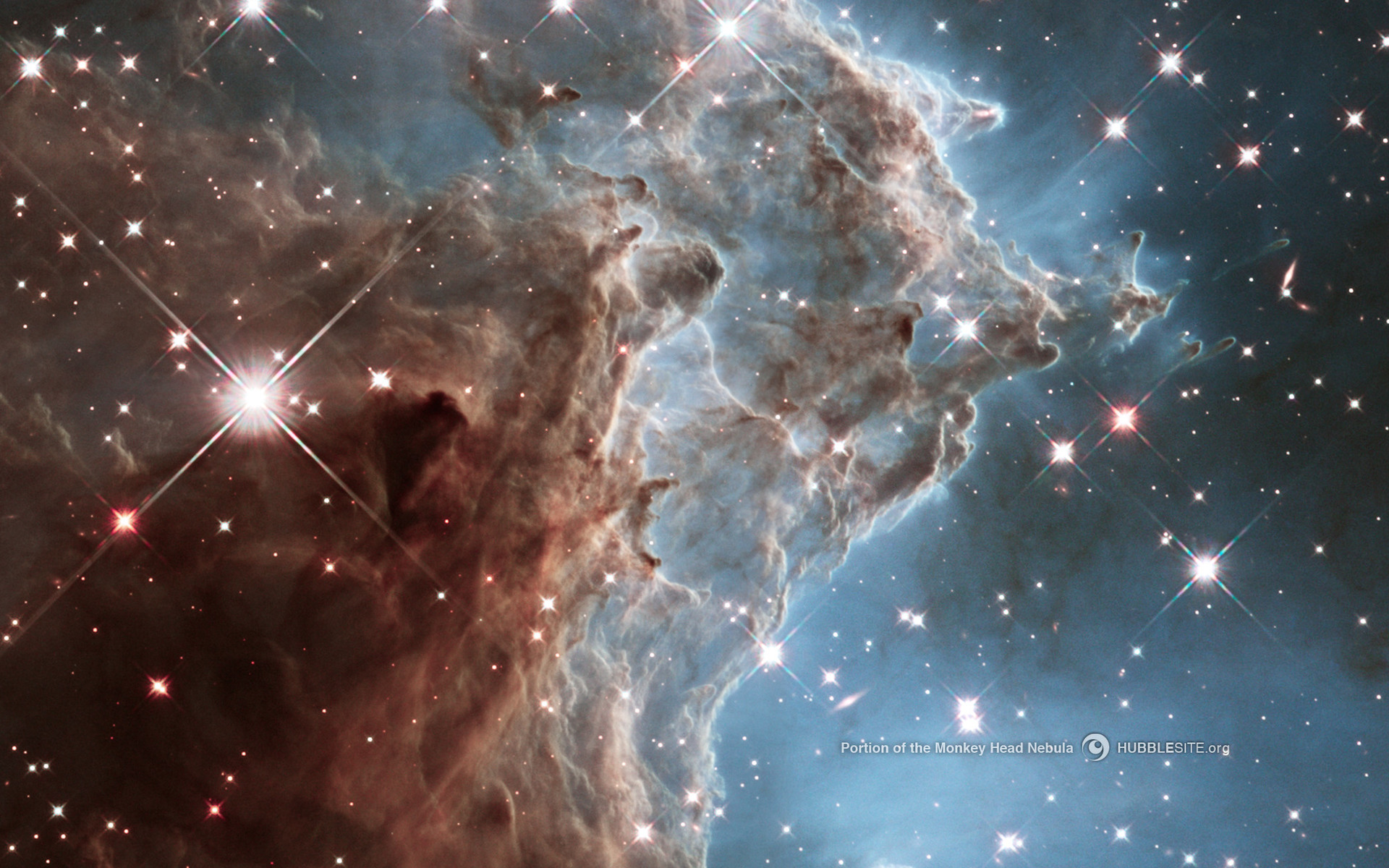
MAGNETOGENESIS
Magnetic fields are seen in every parts of the Universe. But where do they come from? We study plasma processes that results in the formation of such fields.
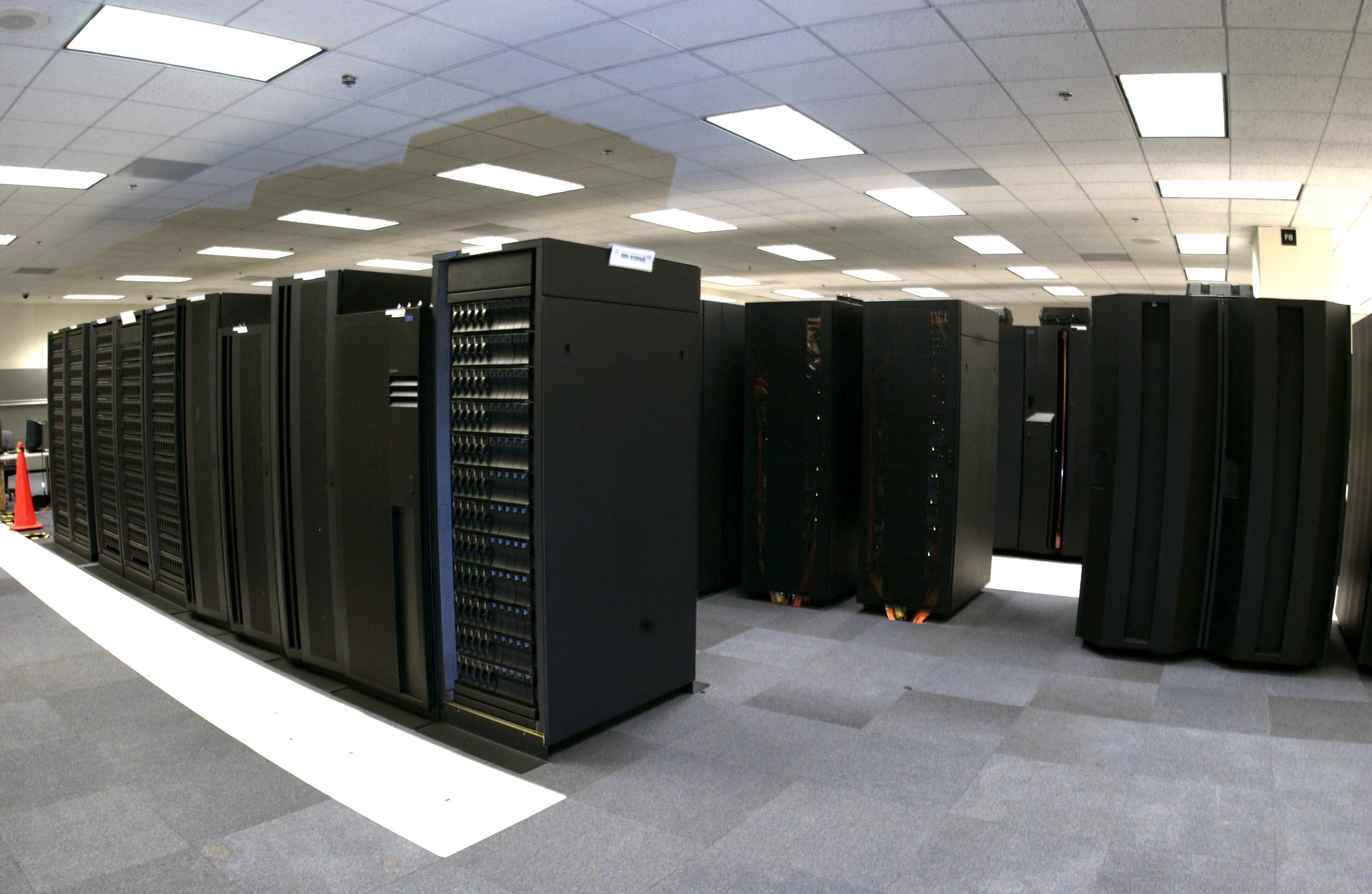
NUMERICAL
SIMULATIONS
To understand the dynamics of plasmas we rely on large-scale computational models. We use radiation-hydrodynamics simulations, as well as ab-initio codes to model quantum effects.
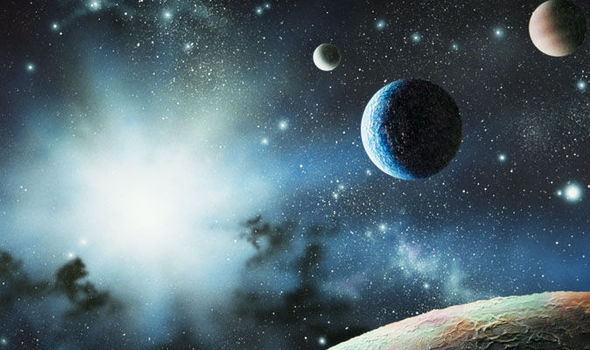
DENSE PLASMAS
The interior of planets and white dwarfs consists of matter at very high density. Which are its properties? Can we measure their viscosity and thermal conductivity?
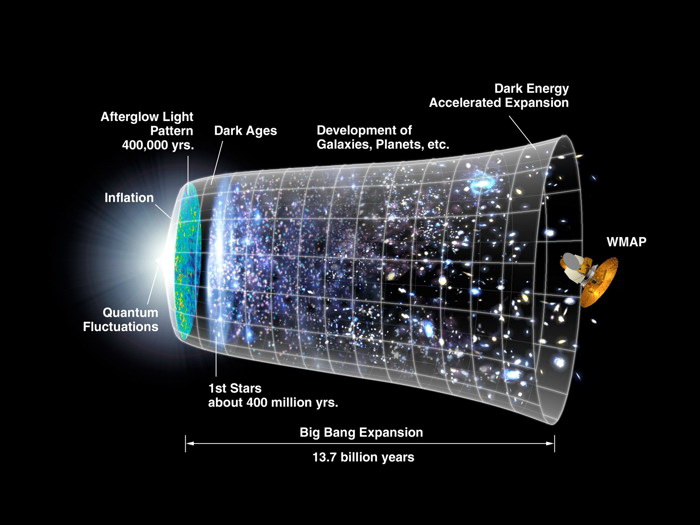
Beyond STANDARD MODEL
Electrons at the focus of a high intensity laser can reach enormous accelerations. This mimics Hawking's radiation from a Black Hole horizon. Can we also produce light (pseduo)scalar particles, such as axions?
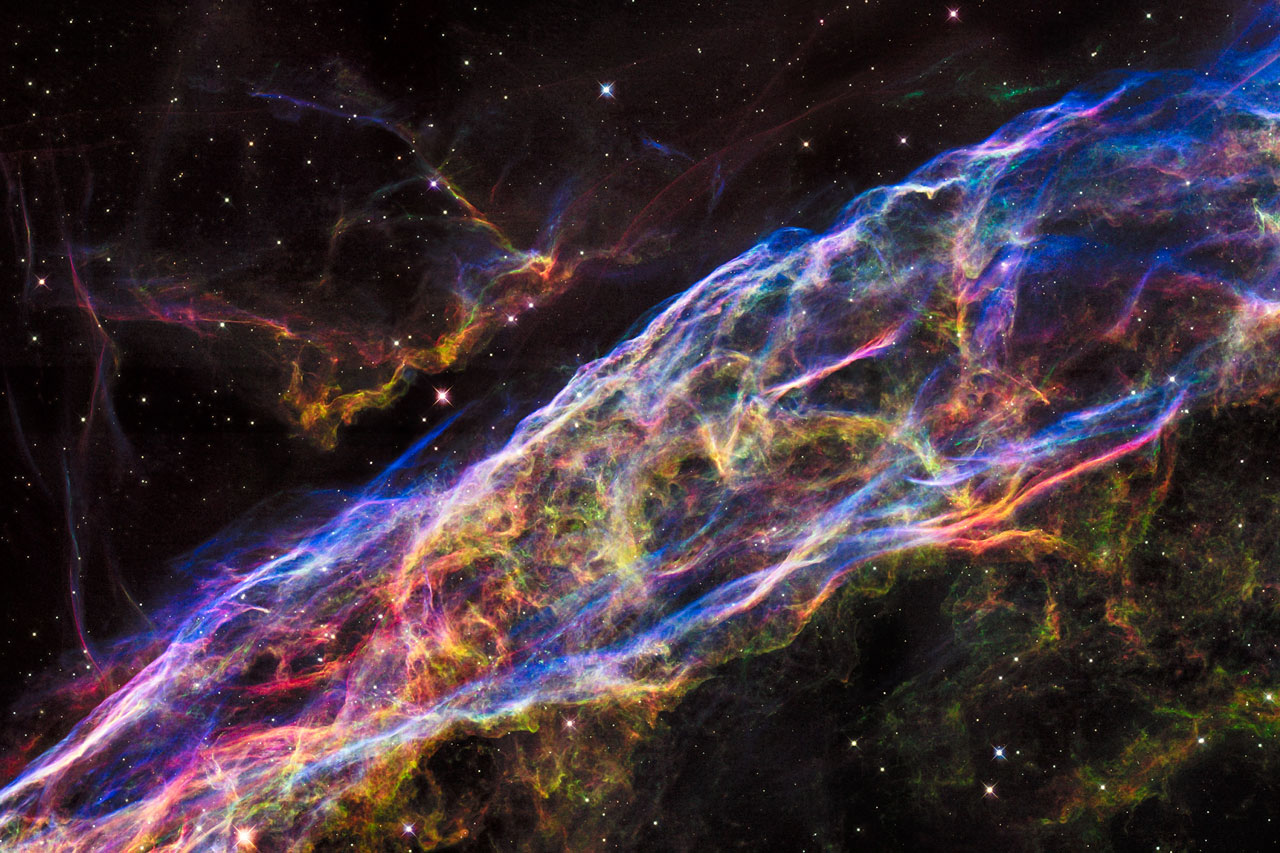
PARTICLE
ACCELERATION
Cosmic rays arrive on Earth with very high energies. Interstellar shocks and turbulence is believed to produce them. Can we recreate equivalent conditions in the laboratory?
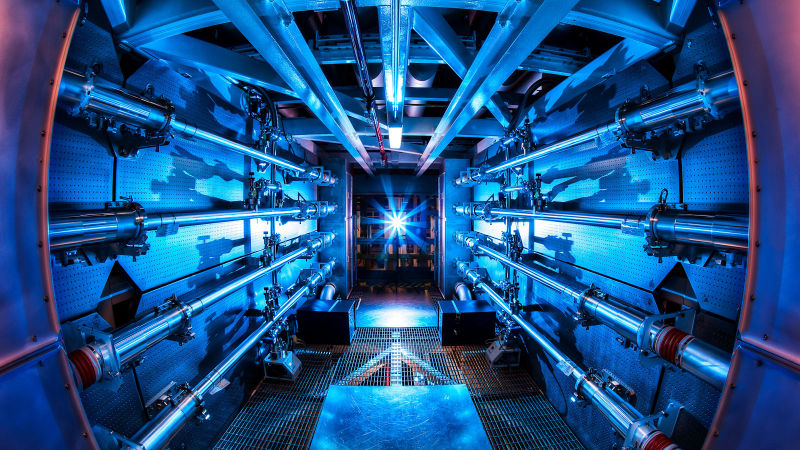
HIGH-POWER LASERS
Experiments are performed on a variety of laser facilities, spanning from the largest laser in the world - the National Ignition Facility - to our laser system here in Oxford. We also work with the next generation light sources.

